Knot Your Average Coaster: Crafting a Stunning Macrame Flower Pattern
Table of Contents
- What is Macrame?
- No-Fringe Macrame Flower Coaster Using Intricate Techniques for Beginners
- Macrame Knots You Need to Know
- Flower Coaster Macrame Cords and Materials
- Macrame Coaster Flower Pattern Details
- Important Macrame Terms for Beginners
- Macrame Flower Coaster Step-by-step Instructions
- Step #1
- Step #2
- Step #3
- Step #4
- Step #5
- Step #6
- Step #7
- Step #8
- Step #9
- Step #10
- Step #10b
- Step #11
- Step #12
- Step #13
- Wrapping Up No-Fringe Flower Coaster Using an Intricate Macrame Techniques I Intermediate DIY Tutorial
- Are you looking for more fun and simple DIY macrame patterns?
- Are you looking to turn knots into exquisite macrame designs?

Are you tired of the typical coasters that you see in stores and want something a bit more personalized and unique? If so, you should try this macrame no-fringe flower coaster!
This is a vintage-inspired craft that adds style while providing a designated spot for your drinks.
If you're relatively new to the world of macrame and you're up for a challenge, this pattern might be the perfect fit for you. While it falls under the intermediate level, you'll discover that this detailed, step-by-step guide very helpful in crafting the coaster.
Learn what you need to make easy macrame coasters with this free macrame pattern and tutorial.
What is Macrame?
Macrame represents a form of textile art involving the skillful knotting of cords to craft intricate patterns, boasting an ancient heritage cherished across diverse cultures.
Having matured and gained prominence during the 1970s, it presently enjoys a renaissance within the realm of contemporary design and decor.
Visionary artists are extending the limits of conventional techniques, seamlessly integrating modern elements.
This innovation has given birth to a myriad of macrame pieces, encompassing wall hangings, plant hangers, and even fashion accessories. In the present, macrame stands as an alluring and versatile artistic medium.
No-Fringe Macrame Flower Coaster Using Intricate Techniques for Beginners
Keychain patterns are projects I love for beginners, but coaster patterns are my next favorite option. Like keychains, coasters do not consume a lot of time to make and require a minimal amount of cord.
If you want to create unique textures and more eye-catching patterns, you can try different knot combinations, like square knots, alternating square knots, half hitch knots, or spiral knots.
When you add decorative elements like fringe or beads, it will enhance the aesthetic appeal of the coaster even more.
Personally, I am obsessed with functional macrame, where function meets art, and this pattern is no exception.
It does not matter if you like a minimalist look or a bohemian-inspired design because macrame coaster patterns let you mix your style into your home décor as you master the art of knotting.
This informational guide will walk you through the essential techniques, knot variations, and step-by-step instructions to help you create a stunning square macrame coaster diy pattern that will impress both yourself and your guests.
Macrame Knots You Need to Know
Getting familiar with macrame knots is essential for mastering the art of Macrame. For this project, you will need to know the following knots:
- Lark’s Head Knot
- Double Half-HItch Knot
- Overhand Knot
By learning popular knots like the lark's head knot, double half-hitch knot, and overhand knot you'll have a solid foundation for creating a wide range of macrame projects, including this coaster.
The lark's head knot serves as a fundamental mounting knot for various projects.As a mounting knot, it provides a reliable and secure attachment point for your macrame design to a dowel, ring, or other supporting structure. This knot allows you to easily hang cords onto your macrame creation, providing a stable foundation for further knotting and design elements.
The double half hitch knot is a fundamental and highly versatile knot in macrame. It serves as the building block for many intricate knot patterns, making it an essential technique for creating beautiful macrame designs.
The overhand knot is a very simple knot and it is used in making a knob in a cord, string, or rope. It is useful in tying packages, to prevent the ends from fraying. You make an overhand knot by crossing the end of the rope around the standing part, forming a loop. This will bring the rope’s end through the loop and then you need to pull the rope
If you’re not sure how to make the knots above, click on the names of the knots above to practice and familiarize yourself with the knots prior to starting this pattern.
Practice and repetition will help you become more confident in executing these knots, allowing you to explore more intricate patterns and designs.
A valuable resource to have by your side while learning macrame is a knot guide.
I have compiled a FREE EBOOK guide, "50 Macrame Knots & Sennit Guide," that goes over step by step with pictures on how to make 50 different knots and sennits.

This guide will assist you in learning the knots and provide insights into creating unique knot sequences and pattern designs.
Flower Coaster Macrame Cords and Materials
You'll need a few essential materials and supplies when creating this macrame coaster pattern.
For this pattern, you will need a 3mm macrame cord and a wooden dowel to help you make the coaster.
Choosing Macrame Cord
The most crucial material is the cord. Macrame cords can be made from various materials such as cotton, jute, or nylon, each offering a different texture and appearance.
Choosing a cord that is soft, sturdy, and suitable for your desired coaster design is essential, ensuring durability and functionality.
We’re using a 3mm single-strand Rainbow cord for this pattern.
- Our Rainbow cord line is certified 100% chemical free and eco-friendly as it is made from recycled cotton materials.
- The single-strand type of cord in particular comes in a wide variety of colors.
- We love it because it’s smooth, soft, and sturdy, making it easy to work with.
If you can’t get your hands on our single-strand Rainbow cotton cord, try substituting it with our 3-ply Rainbow cotton cord, which will also work well for this pattern and offer a more textured aesthetic.
Other supplies
Other than the cord, you will also need a wooden dowel to make the initial part of the pattern on.
Essential tools
Macrame Coaster Flower Pattern Details
Skill Level:
- Intermediate level
Completed Size:
- Approximately 5” in diameter
Materials Needed:
- 3mm Macrame Cord
- 10”- 12” Wooden dowel/stick (used to assist in making the pattern)
Cord Lengths Needed:
- 1 x 160 cm (63”)
- 3 x 80 cm (31”)
*more cords will be added throughout the spiral
- 2 x 60 cm (236”)
** Note: The cord lengths suggested here are based on the pattern using a 3mm single-strand Rainbow Cord.
Should you use a different size cord or cord from a different brand, actual cord lengths may differ slightly and therefore should be adjusted accordingly.
Completion time:
- This will take approximately 1 hour to 1.5 hours to make depending on your skill level
Important Macrame Terms for Beginners
Here are some helpful macrame terms you should know when following this pattern:
- Knots: Macrame involves various types of knots, such as the square knot, double half hitch, and Lark's head knot. Understanding these basic knot patterns creates the foundation of macrame. Refer to the “Macrame knots you need to know” section for the knots pertaining to this pattern.
- Cords: Cords are the primary material used in macrame. They are made of different materials like cotton, jute, nylon, or synthetic fibers. Macrame cords come in various thicknesses and colors.
- Fringe: Fringe refers to the loose ends of cords that hang down, adding a decorative element to beginner projects. The fringe can be left as is or trimmed to a desired length.
- Anchor cord: This refers to the fixed cord or structure to which other cords are attached or knotted, providing stability and support to the design.
- Working cord: This is the piece of cord that is actively used to create knots and patterns, manipulated and moved throughout the project to form the desired design.
Macrame Flower Coaster Step-by-step Instructions
Step #1
- Measure 40 cm on one end of the 160 cm cord and make a loop.
- Attach 3 x 80 cm cords onto the loop with Reverse Lark's Head knots.
Step #2
- With the long end as the anchor cord and the short end as a working cord, make a Double Half Hitch knot ("DHH")
Step #3
- Continue with the DHH knots all around until you arrive at a large gap.
Step #4
- Whenever there is a larger gap, attach a strand of cord onto the anchor cord with a Reverse Lark's Head knot.
- The cord length should be 2 x the current cord length on the spiral.
Step #5
- Continue the spiral pattern all around until there are 7 spirals or when you run out of cord length from the anchor cord.
Step #6
- Attach 2 x 600 cm cords onto the dowel with Lark's Head knots.
Step #7
- About 1 inch down, make a diagonal row of DHH knots to the left.
Step #8
- Use the second cord from the left as an anchor cord and make a row of DHH knots to the right.
- Repeat once more underneath.
Step #9
- Take the anchor cord to the left and make a row of DHH knots to the left.
- Repeat once more underneath.
Step #10
- Make a diagonal row of DHH knots to the right with the far-left cord as the anchor cord.

Step #10b
- Repeat the floral petals 10 more times underneath for a total of 11 petals.
Step #11
- Attach the spiral cords onto the bottom loops in the floral petals with 2 or 3 DHH knots per loop.



Step #12
- Connect the first and last petals together at the back with Overhand knots.
- Then attach the last 2 spiral cords to the bottom loop.
Step #13
- Trim the excess cords at the back.
Wrapping Up No-Fringe Flower Coaster Using an Intricate Macrame Techniques I Intermediate DIY Tutorial
Congratulations!
You've reached the end of this DIY No-Fringe Flower Coaster Using an Intricate Macrame Techniques I Intermediate DIY Tutorial. You just finished a stunning and valuable macrame no-fringe flower coaster by following the step-by-step instructions and honing your creativity.
This project allowed you to showcase your skills in macrame and the artistry you will discover as you go along.
Keep improving your macrame skills and there will be infinite possibilities that are waiting for you in the Macrame world. Happy knotting!
Are you looking for more fun and simple DIY macrame patterns?
Looking for more handmade macrame coaster patterns to try?
I have numerous diverse DIY macrame patterns that you can explore, ranging from distinctive wall hangings for home decor to timeless plant hangers suitable for all skill levels.
Browse my collection of DIY macrame patterns on Etsy.
The patterns come complete with step-by-step photos, written instructions, and helpful tips and tricks to assist you throughout your macrame journey.
Are you looking to turn knots into exquisite macrame designs?
Discover the art of macrame like never before!
Join our exclusive community of passionate macrame enthusiasts and unlock a world of creativity.
Gain access to a treasure trove of unique patterns, expert guidance, and a supportive network of fellow artists.
Whether you're a beginner or a seasoned knotter, our community is your gateway to mastering the art of macrame.
Elevate your skills, share your creations, and embark on a journey of inspiration together.
Don't miss out on this incredible opportunity.
Join our exclusive macrame community today!



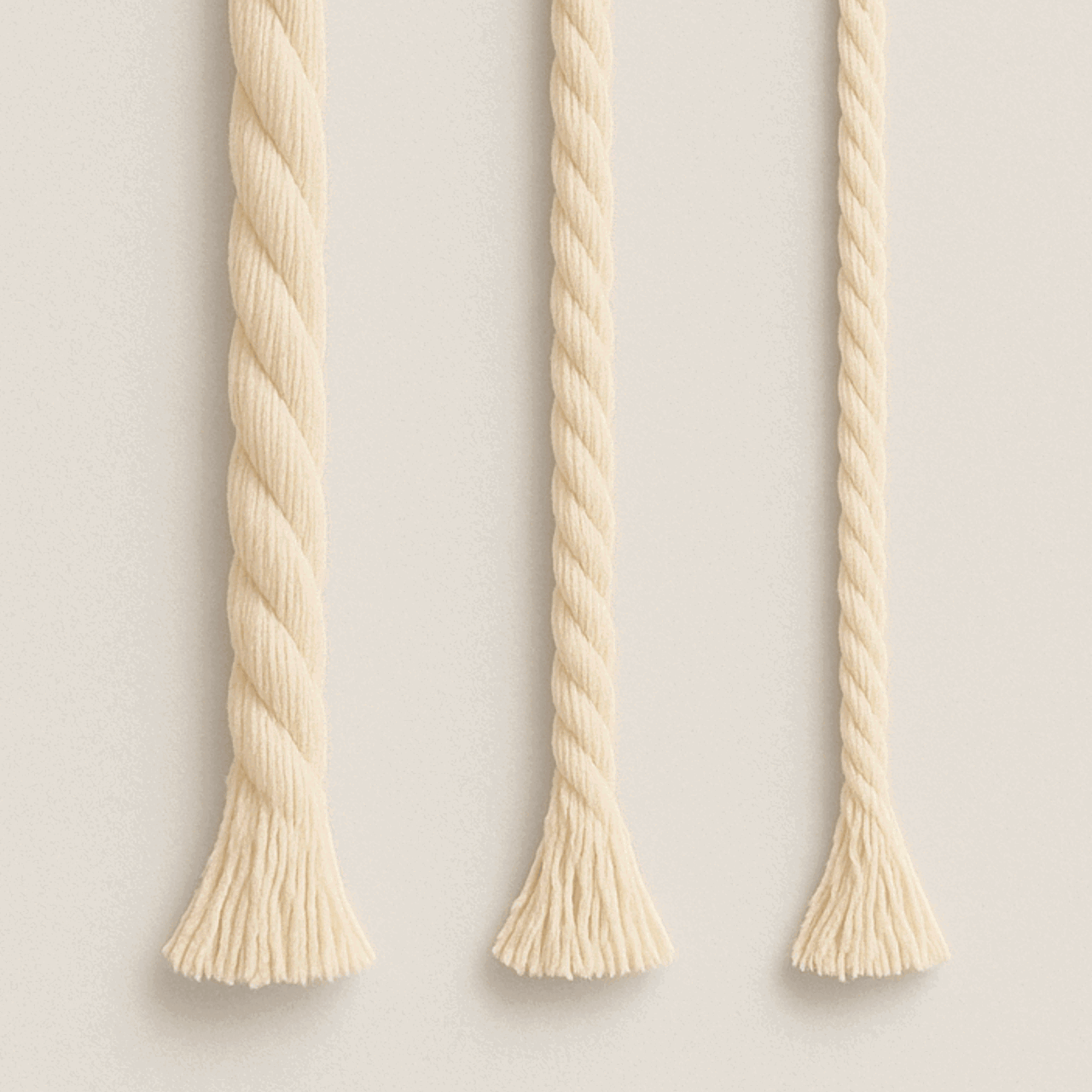
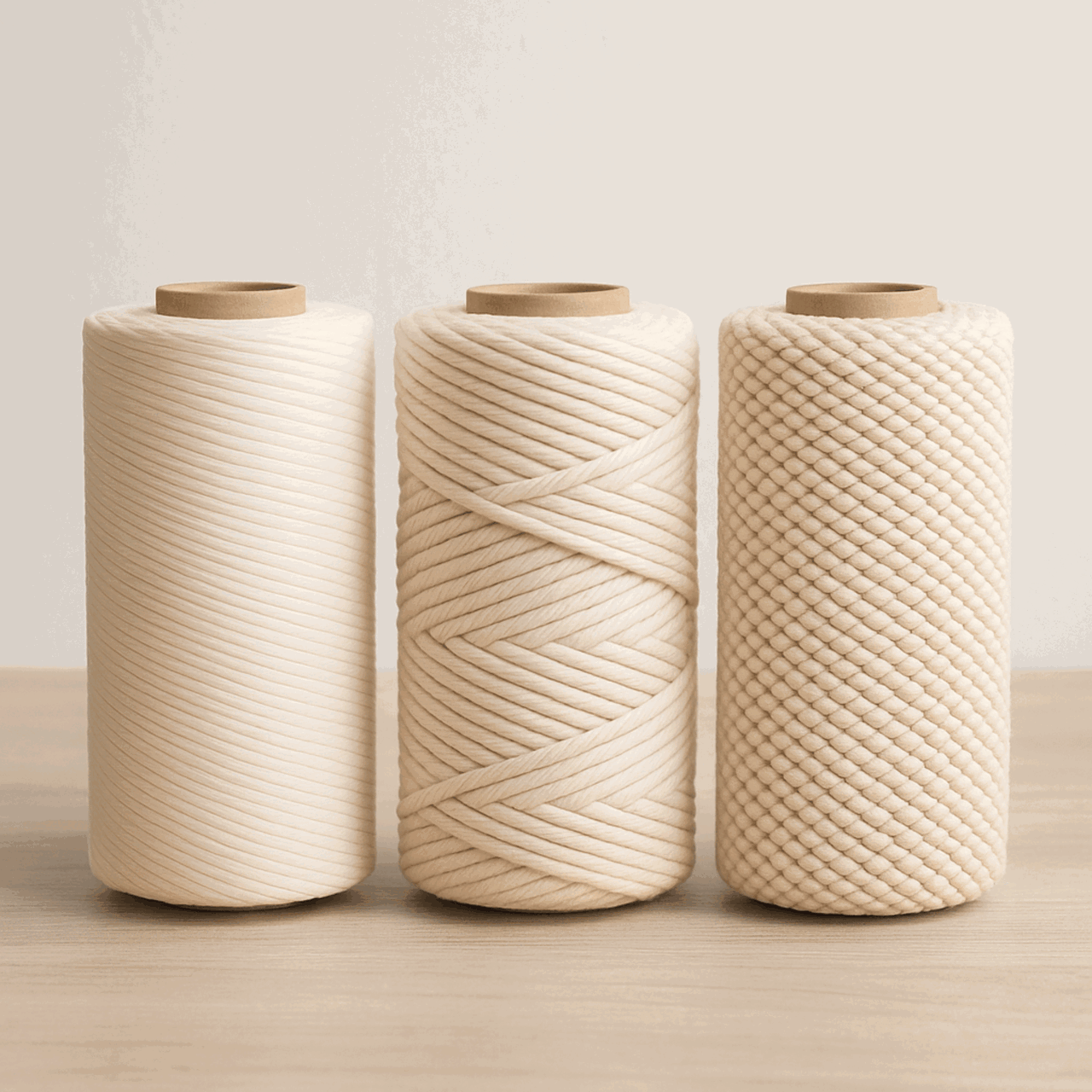
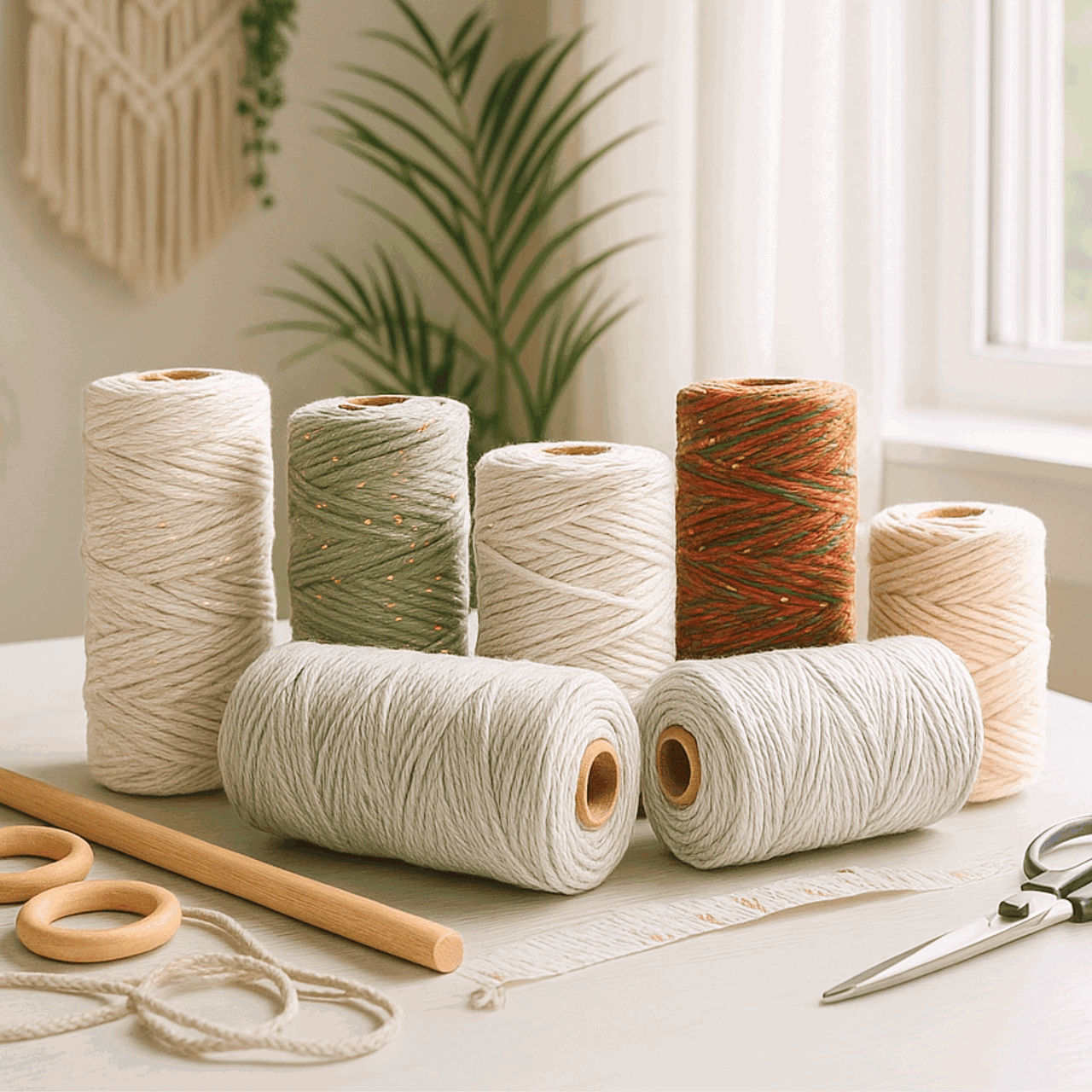
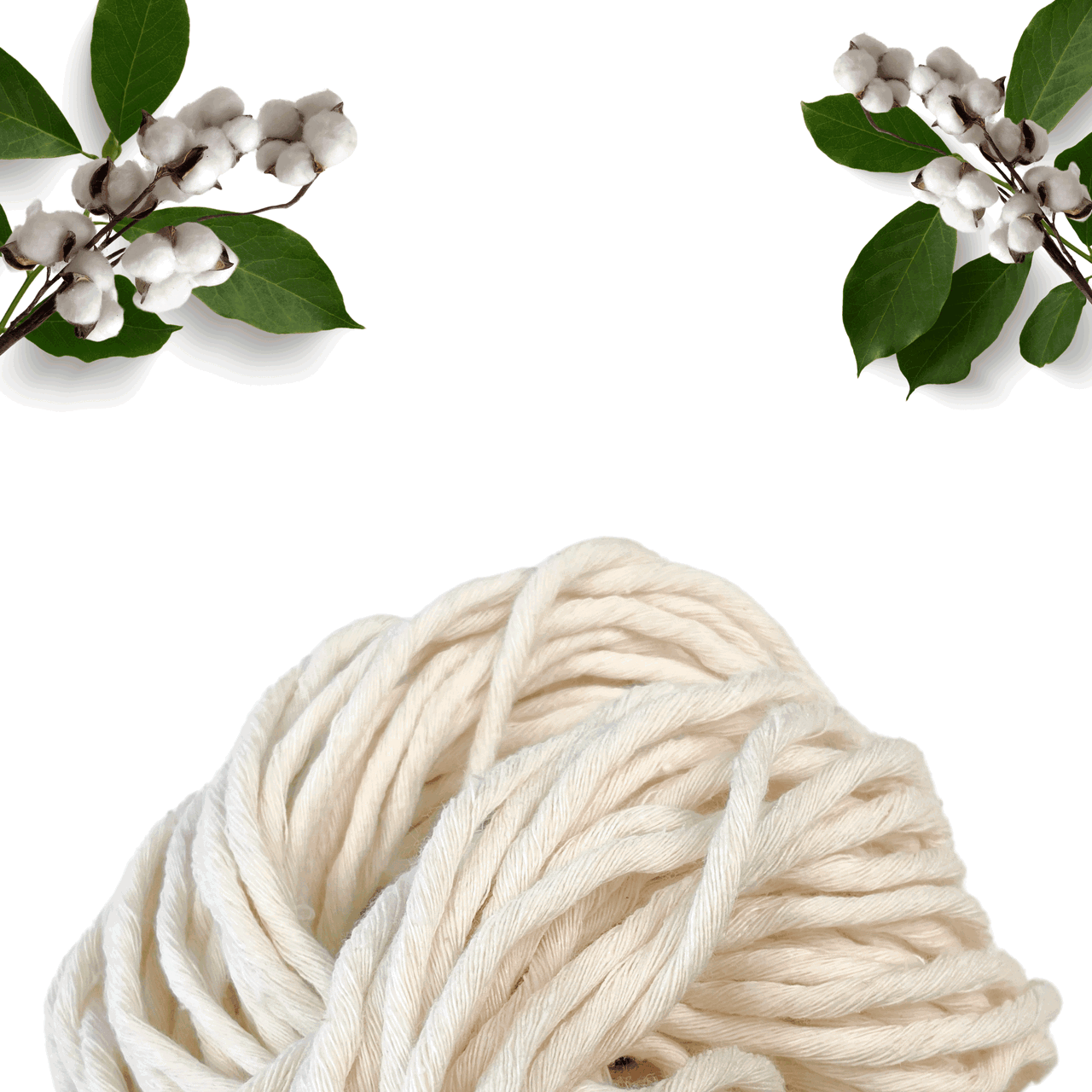

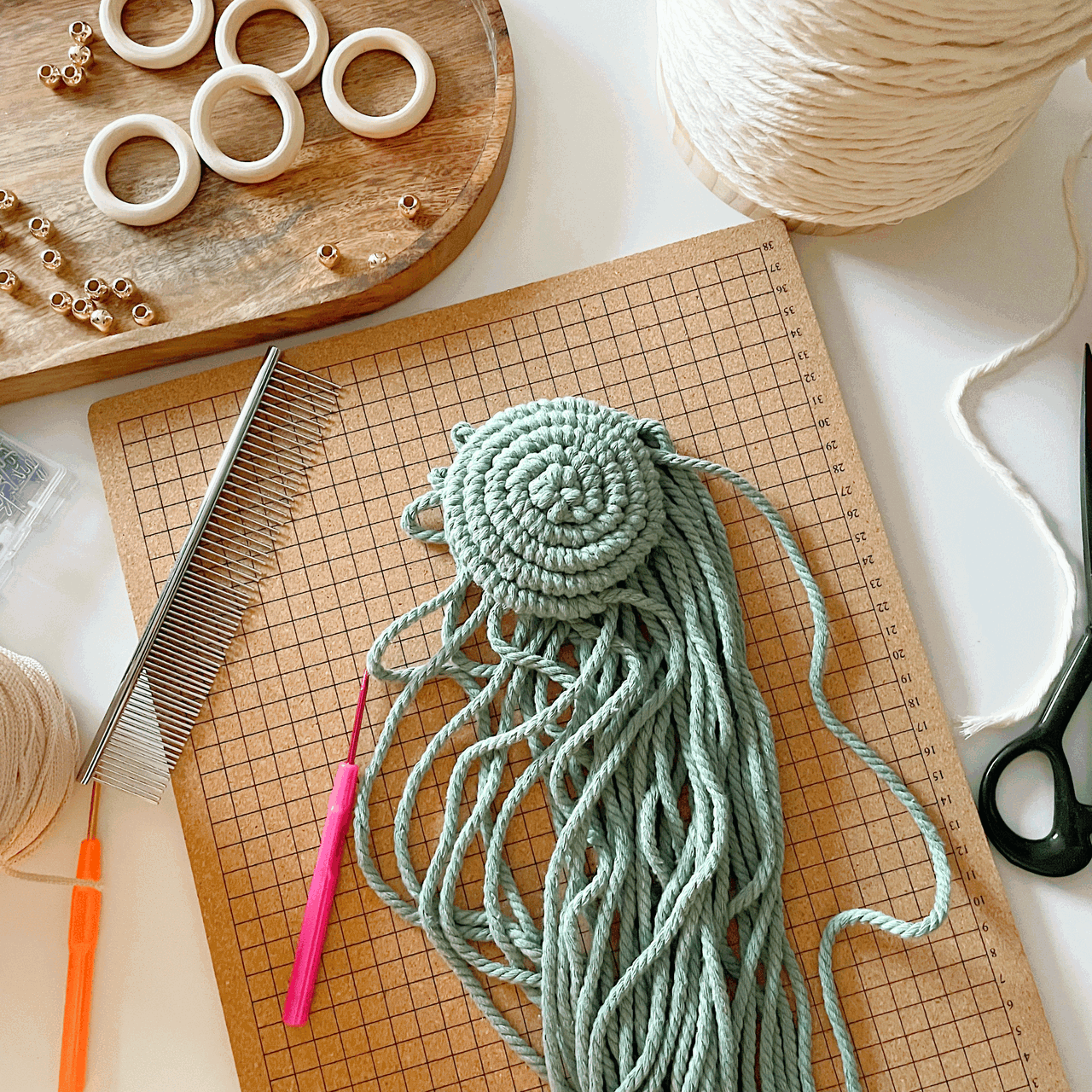
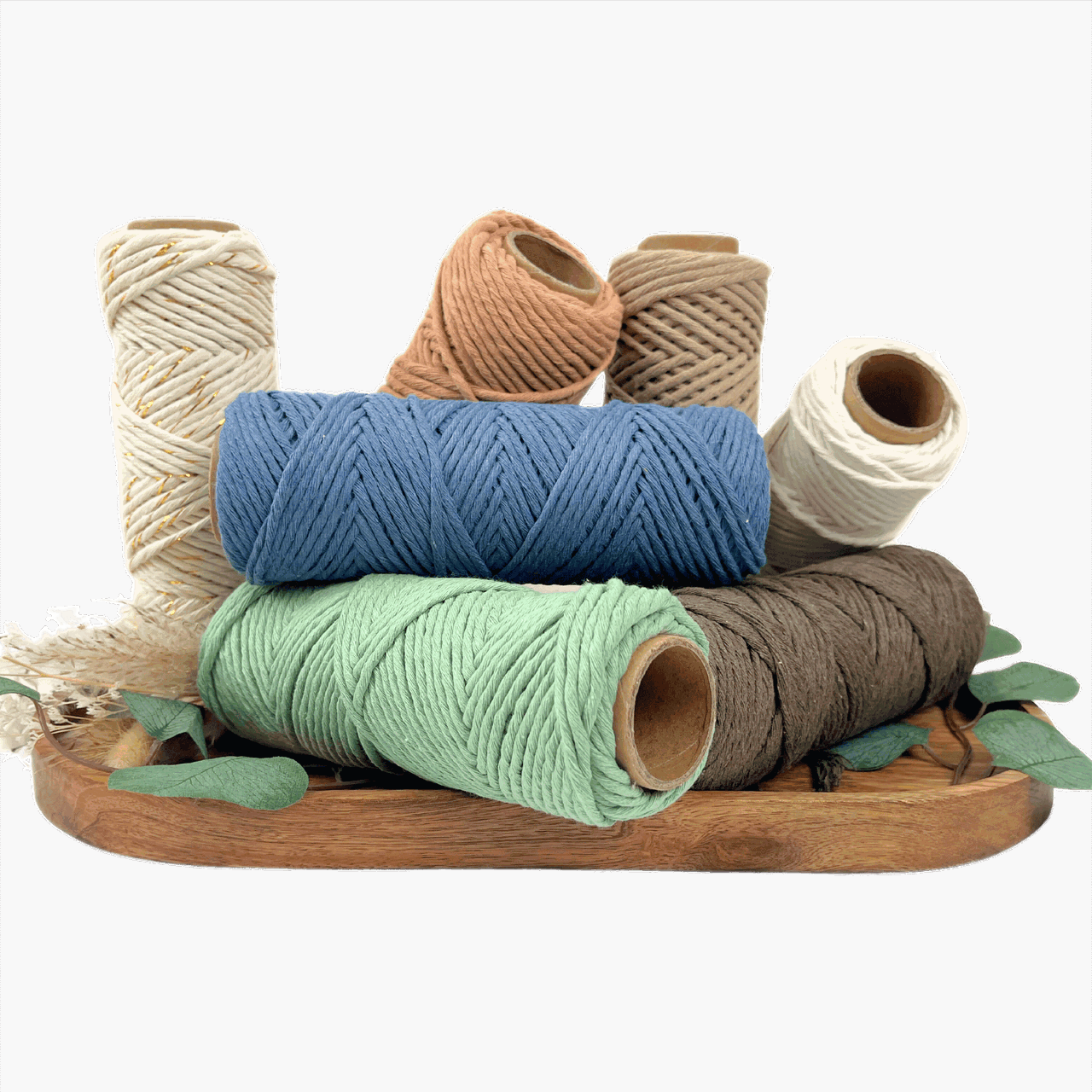
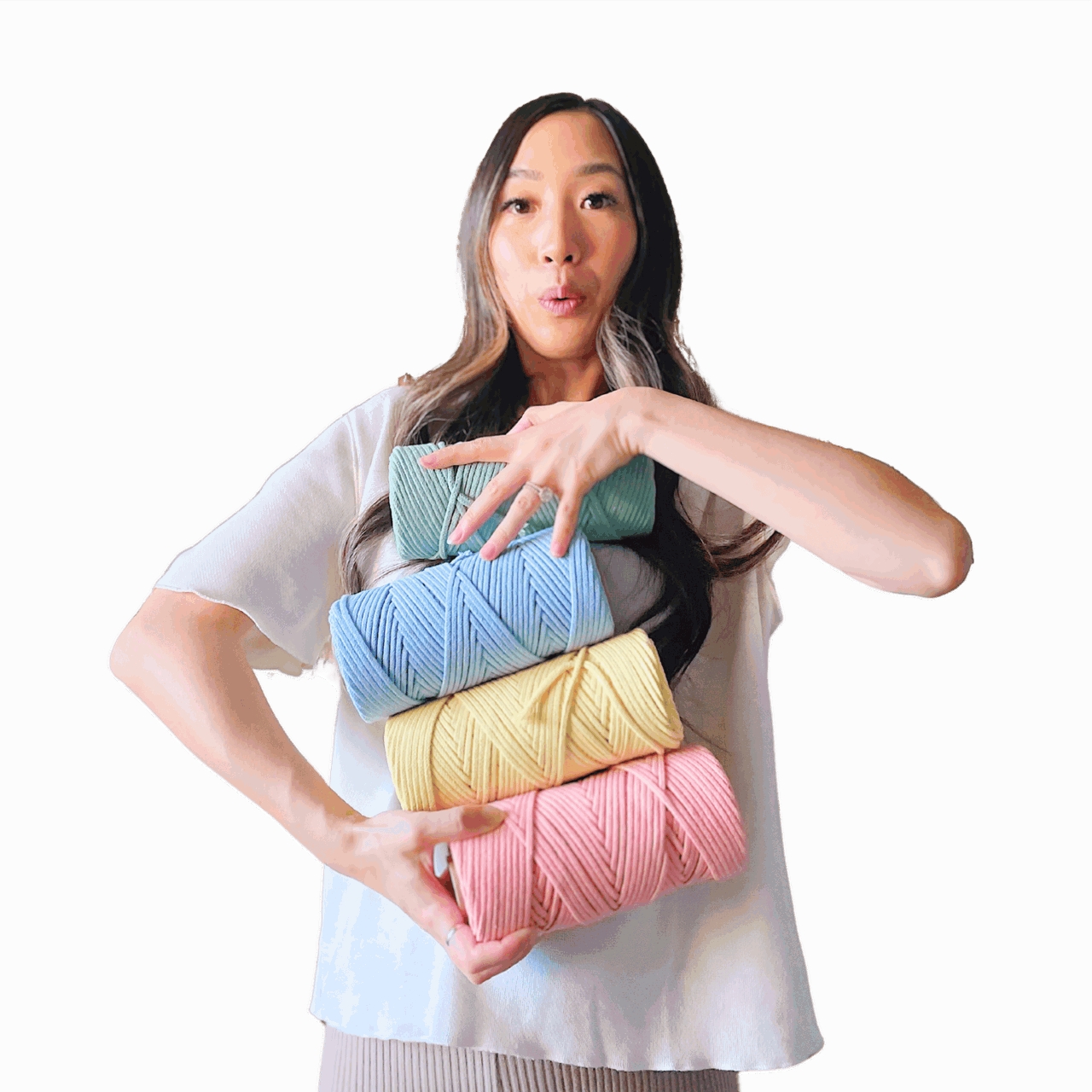
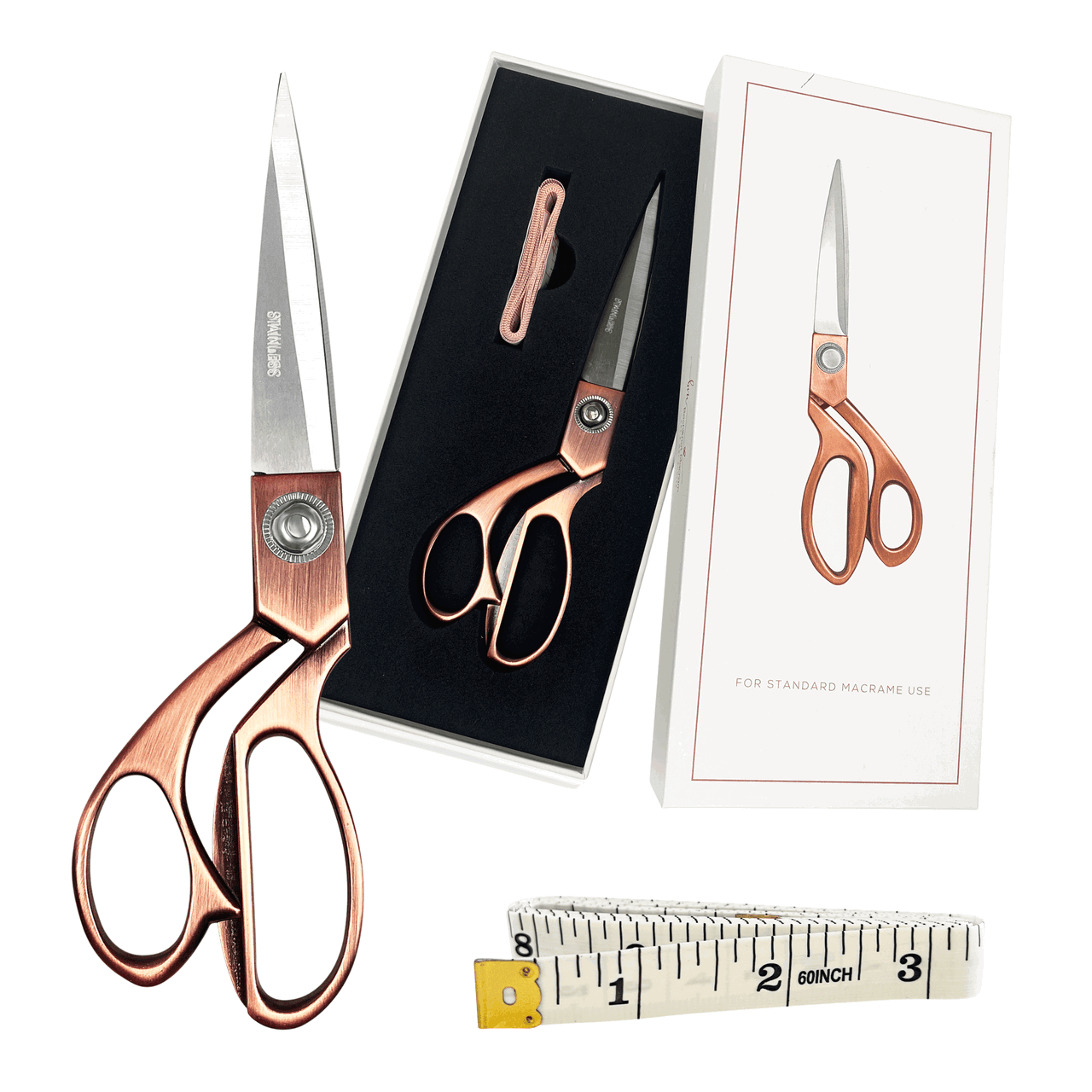
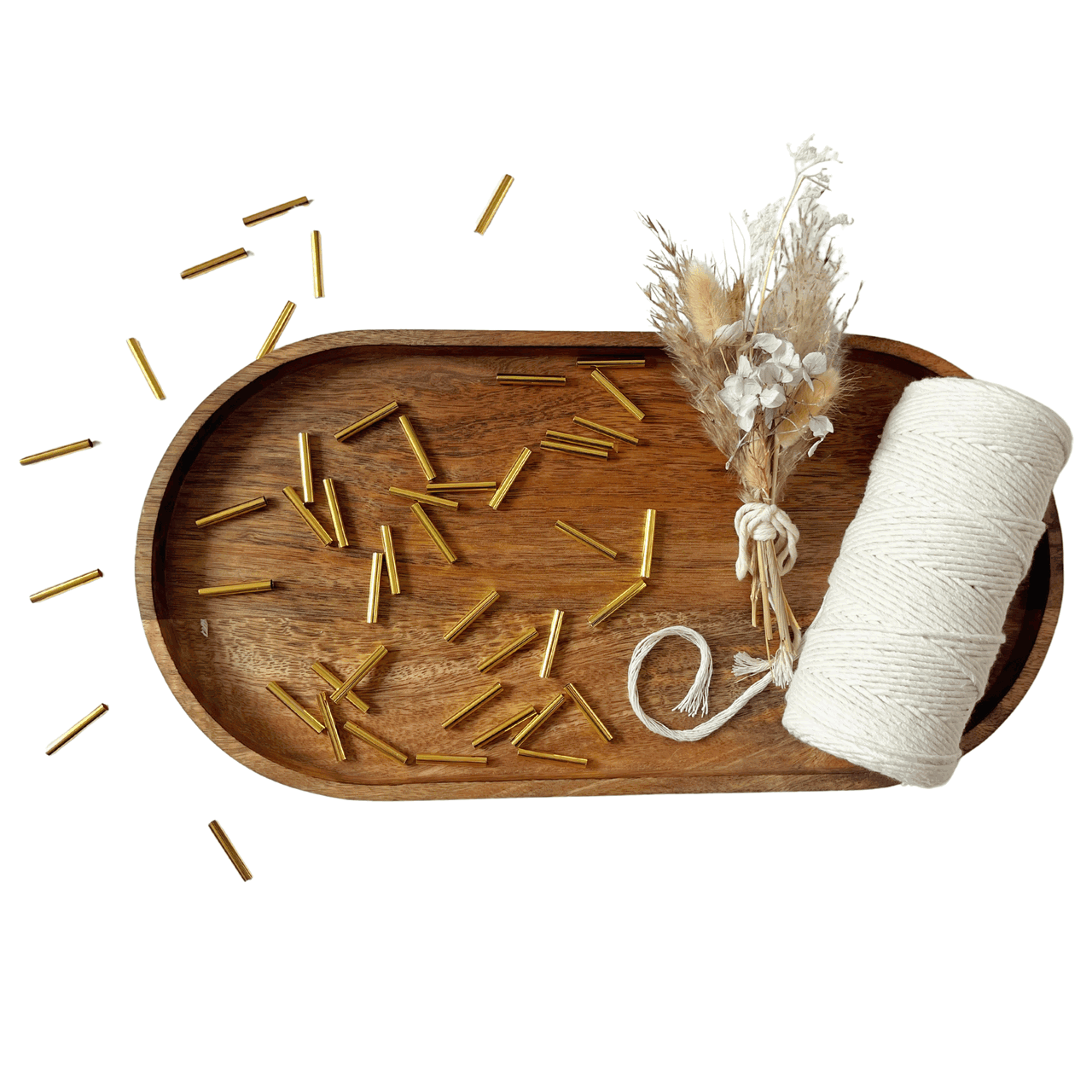
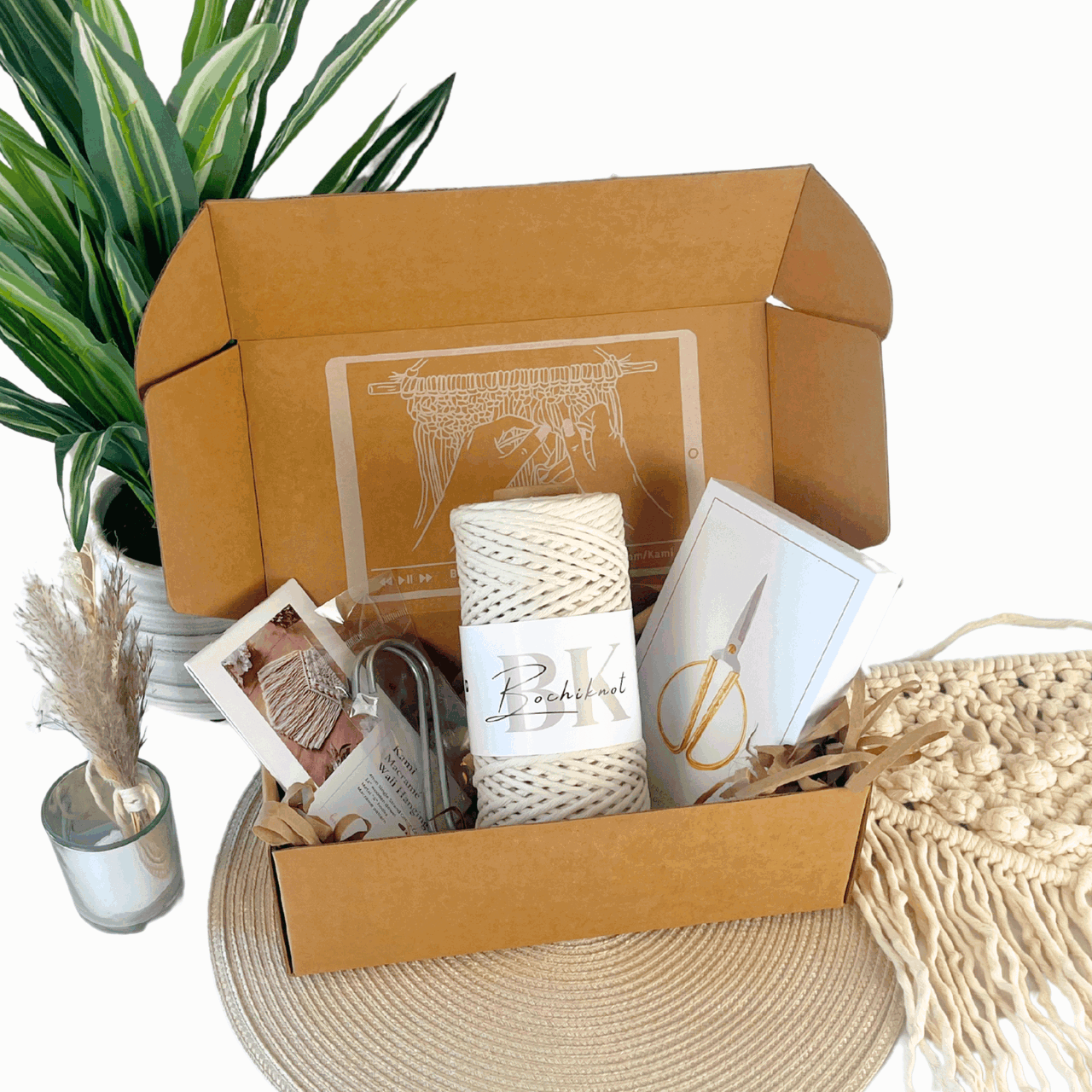
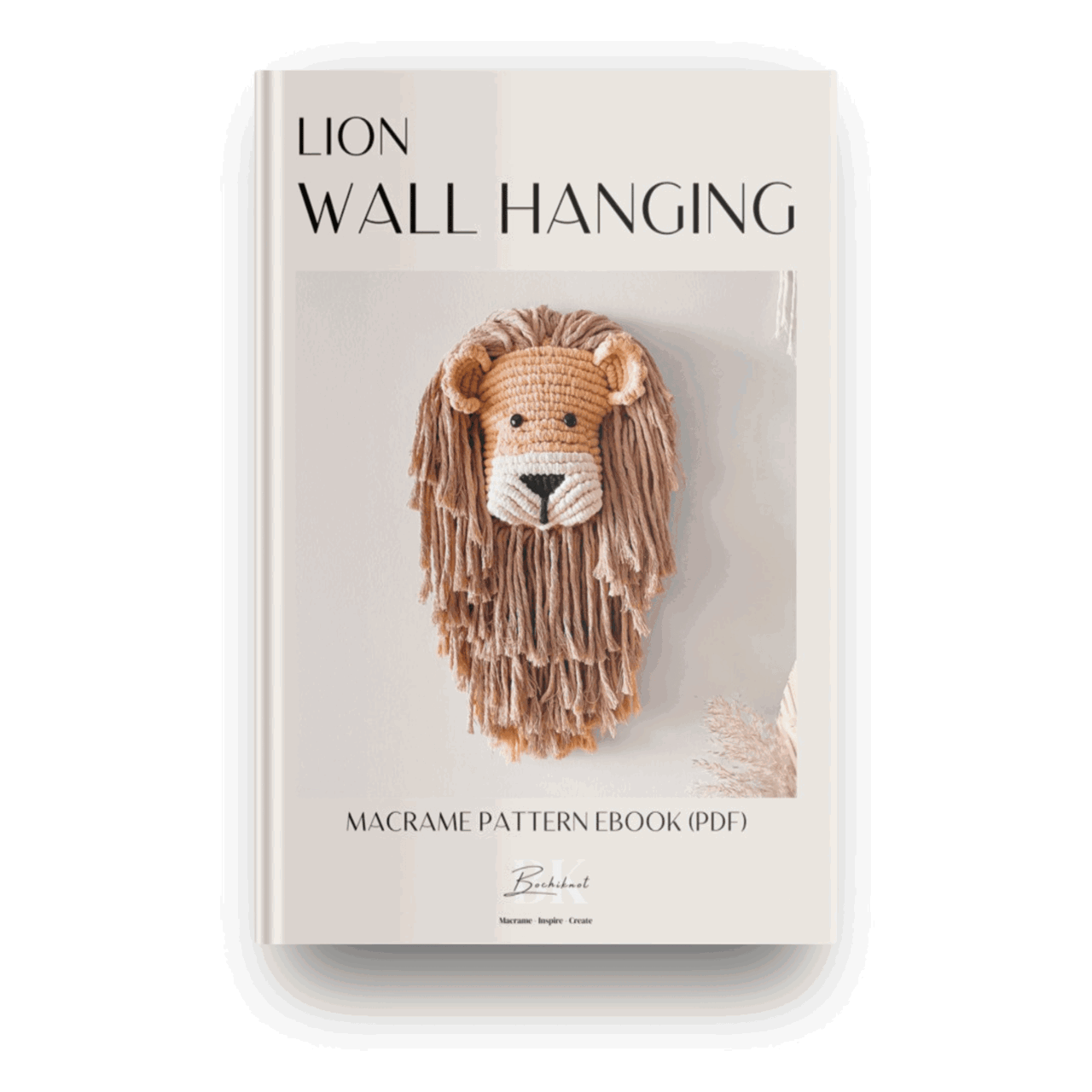
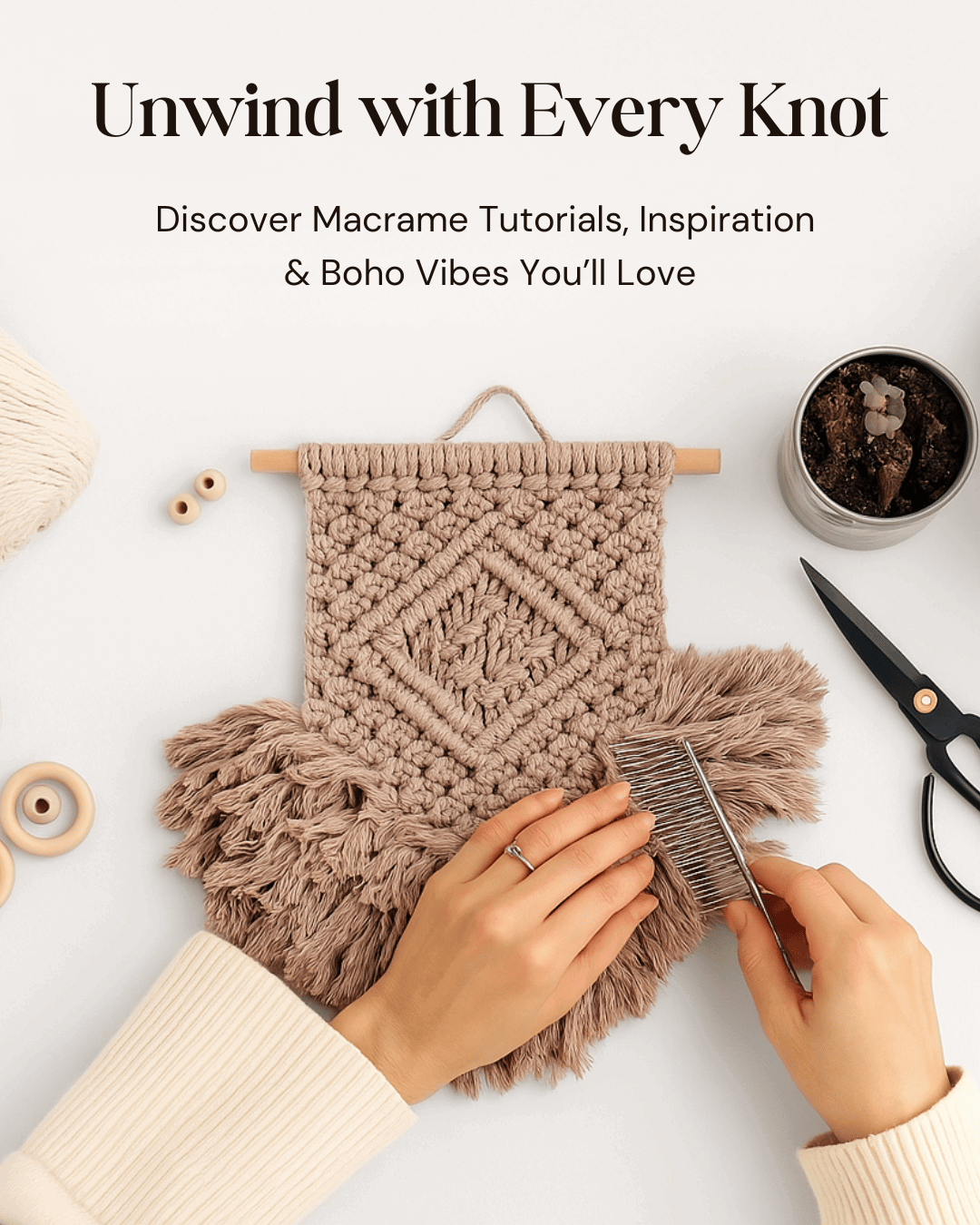
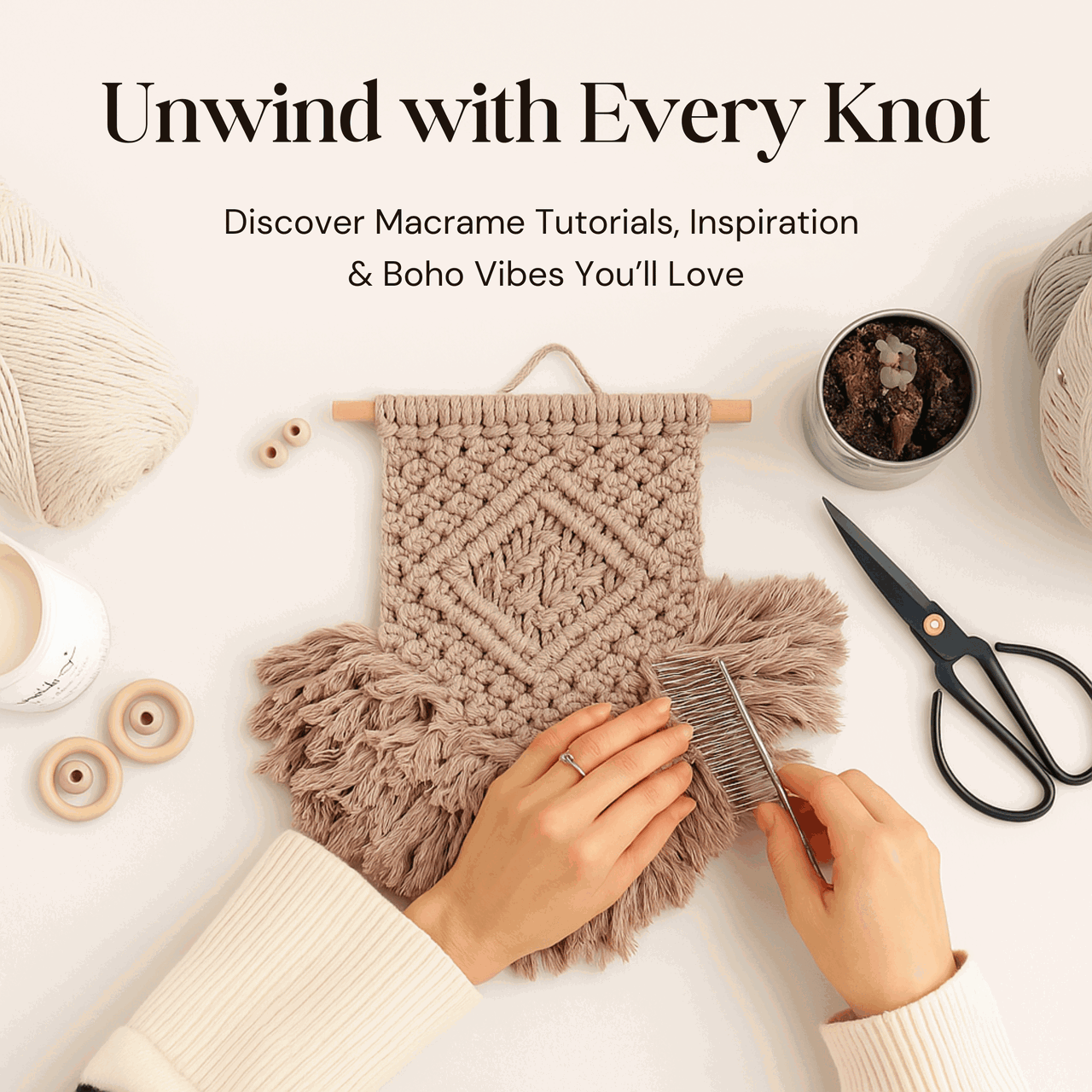
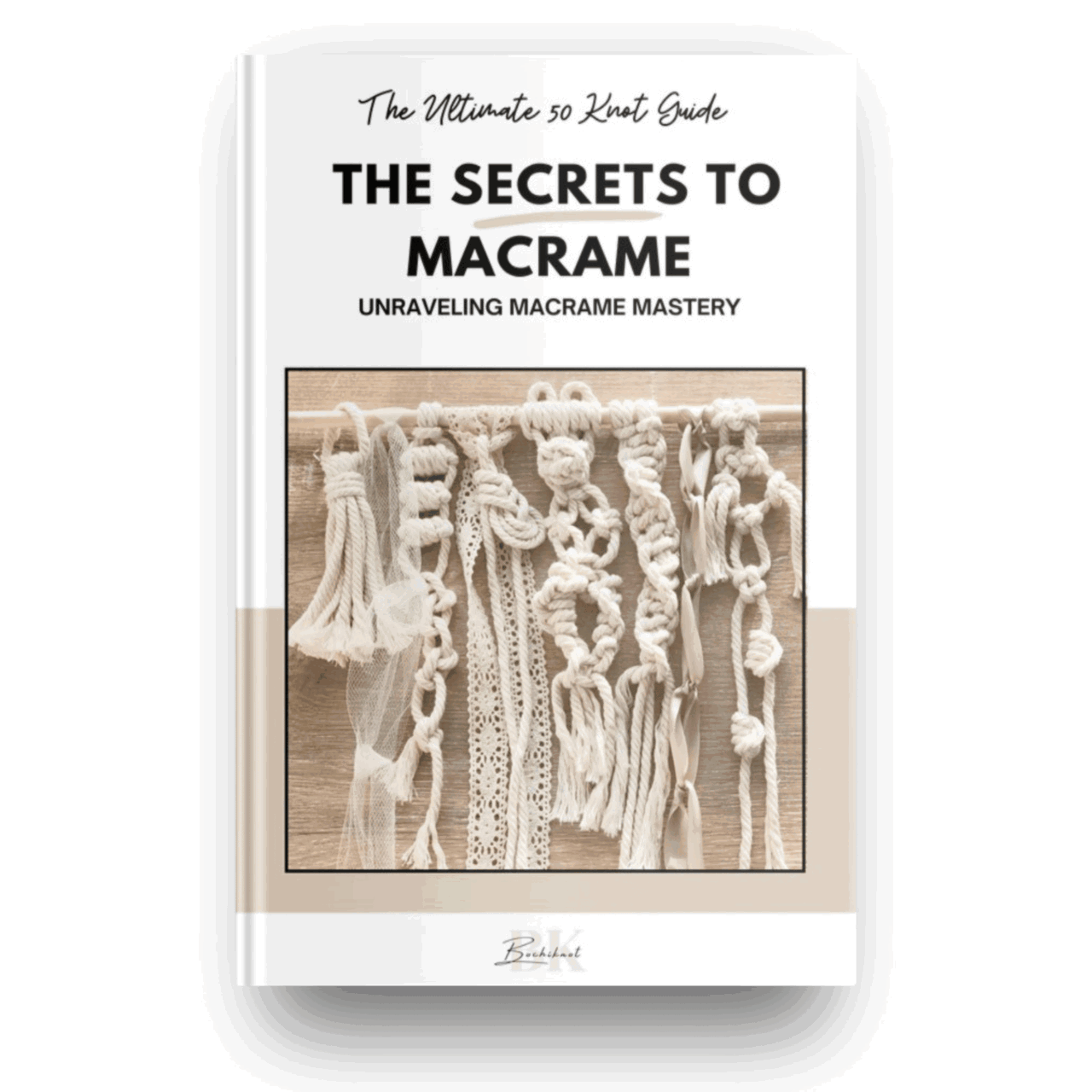
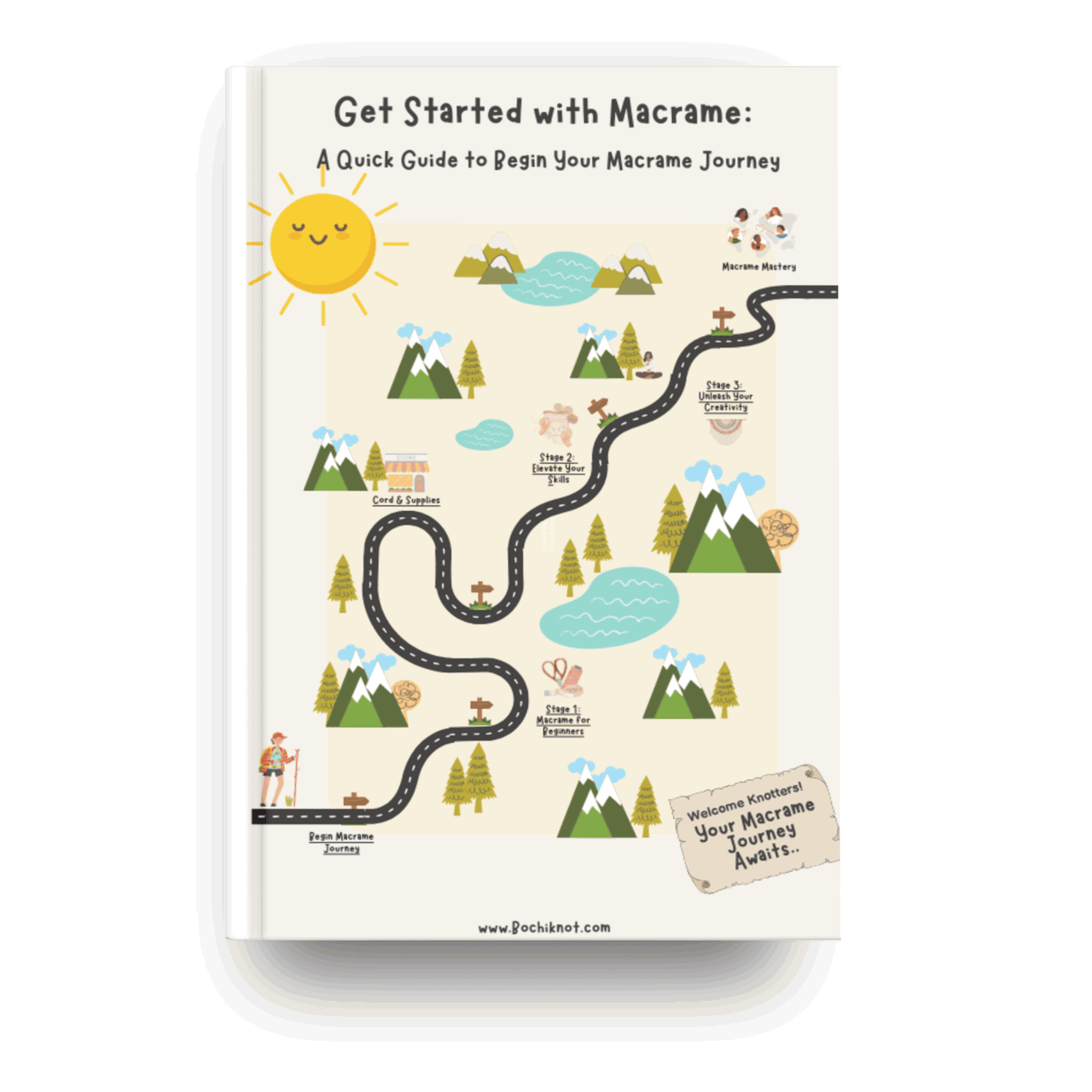
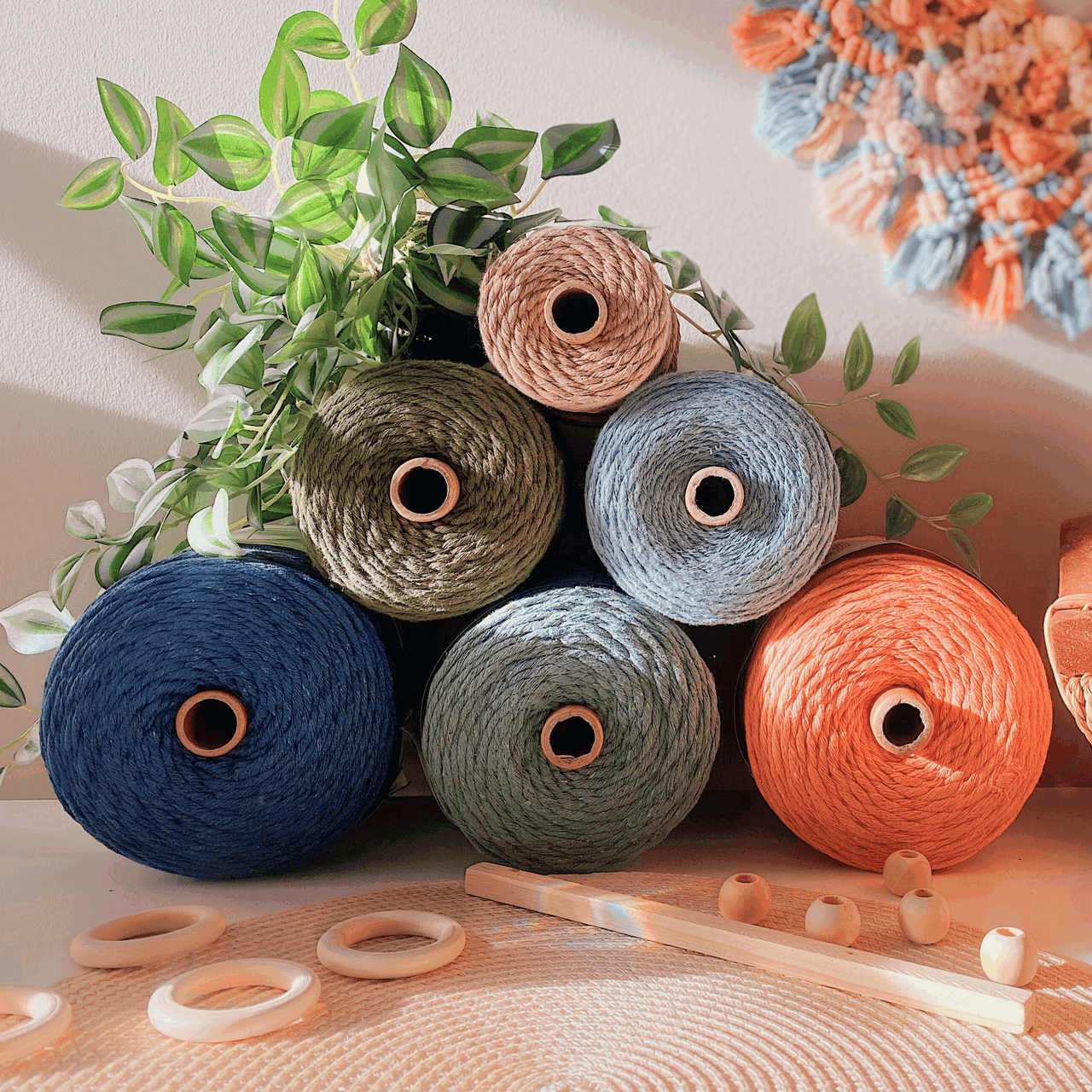
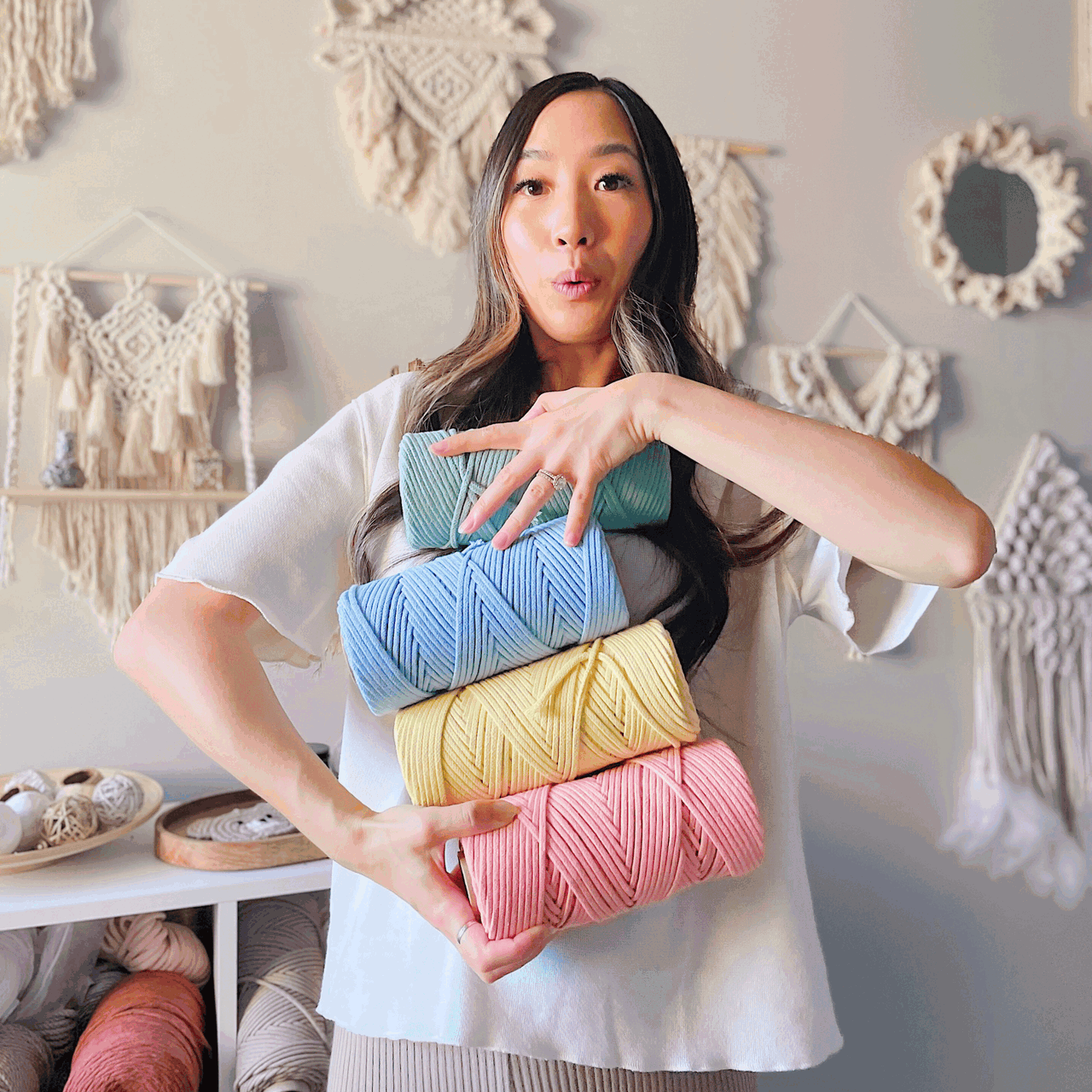
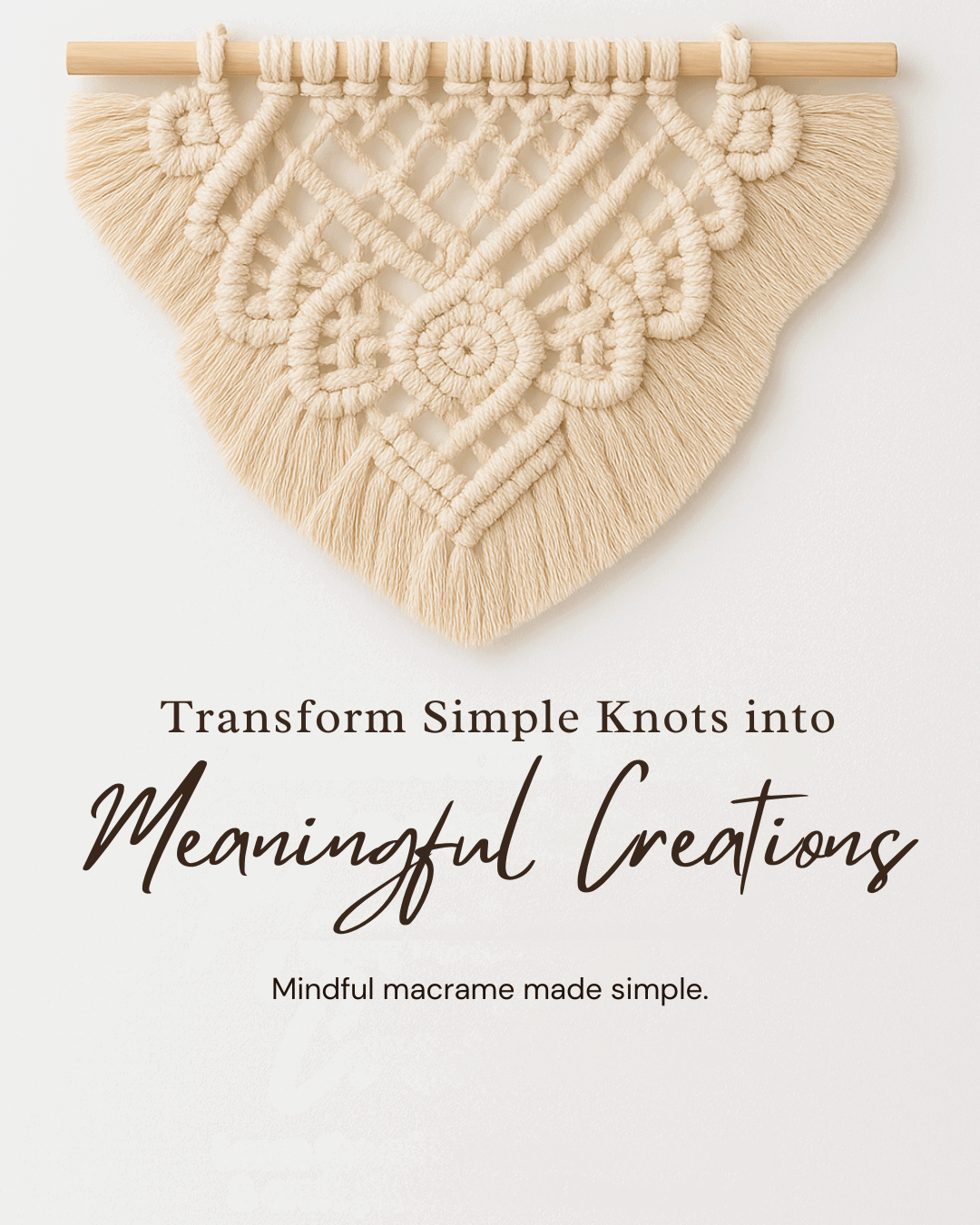


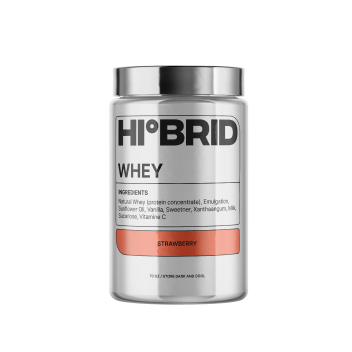
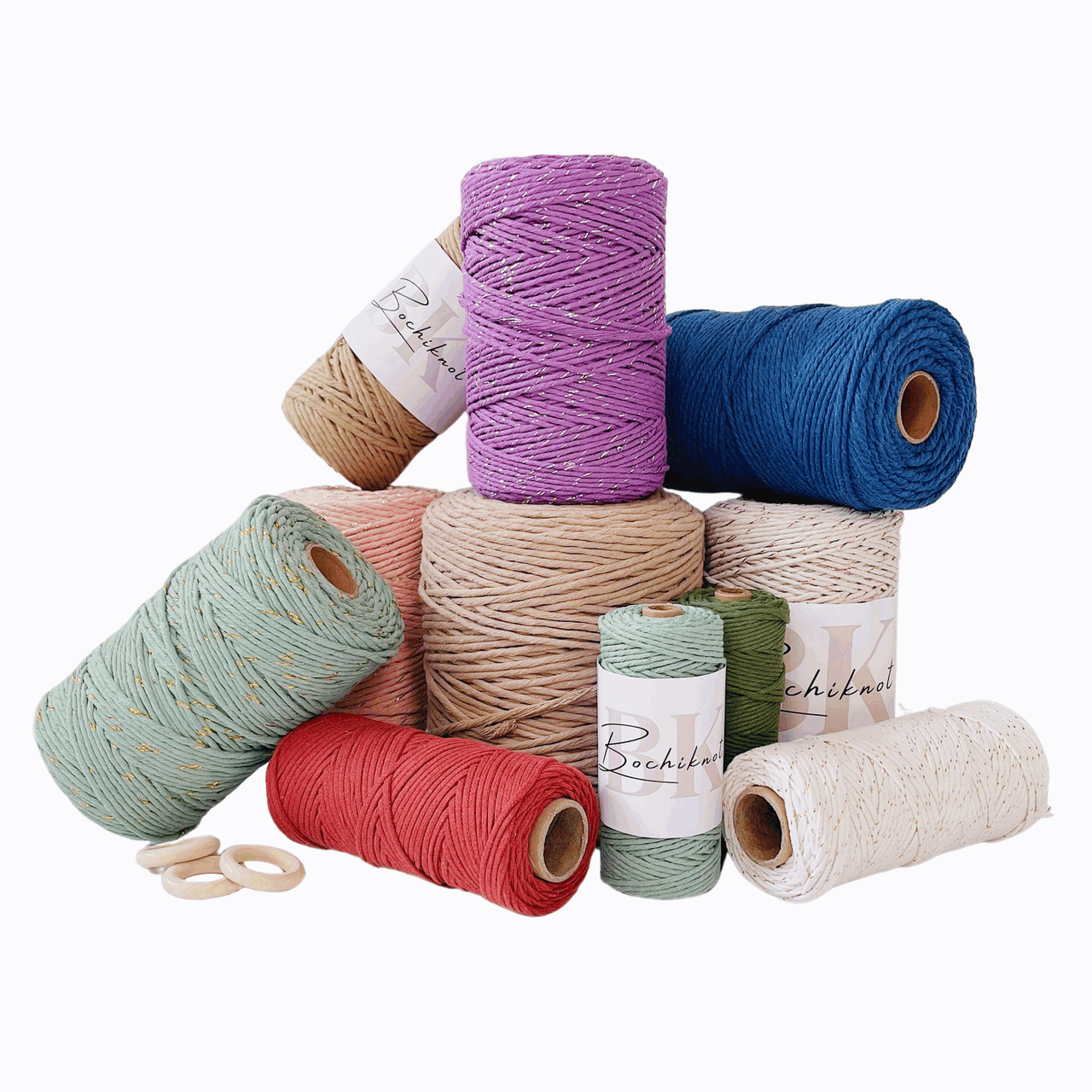
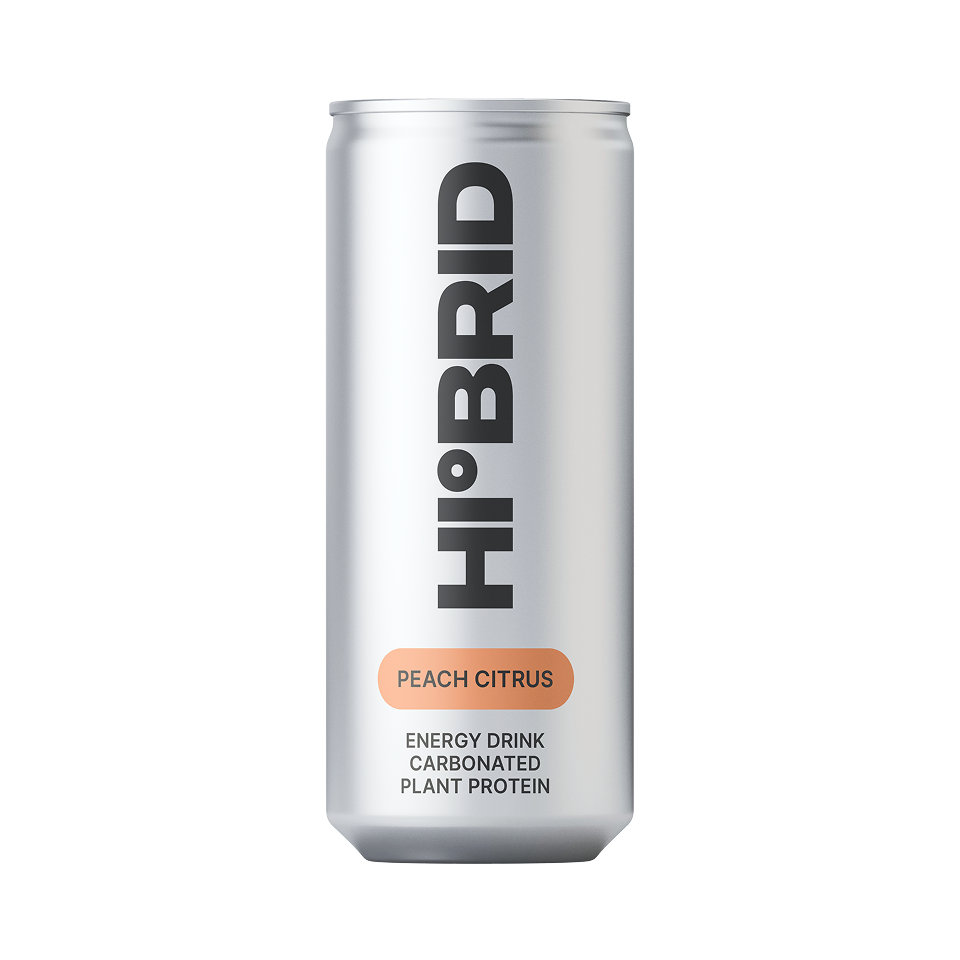
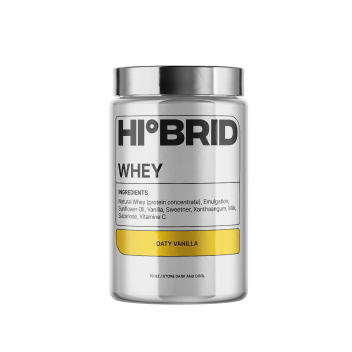
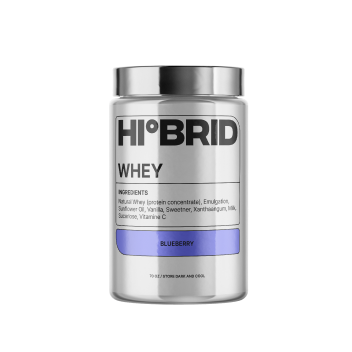
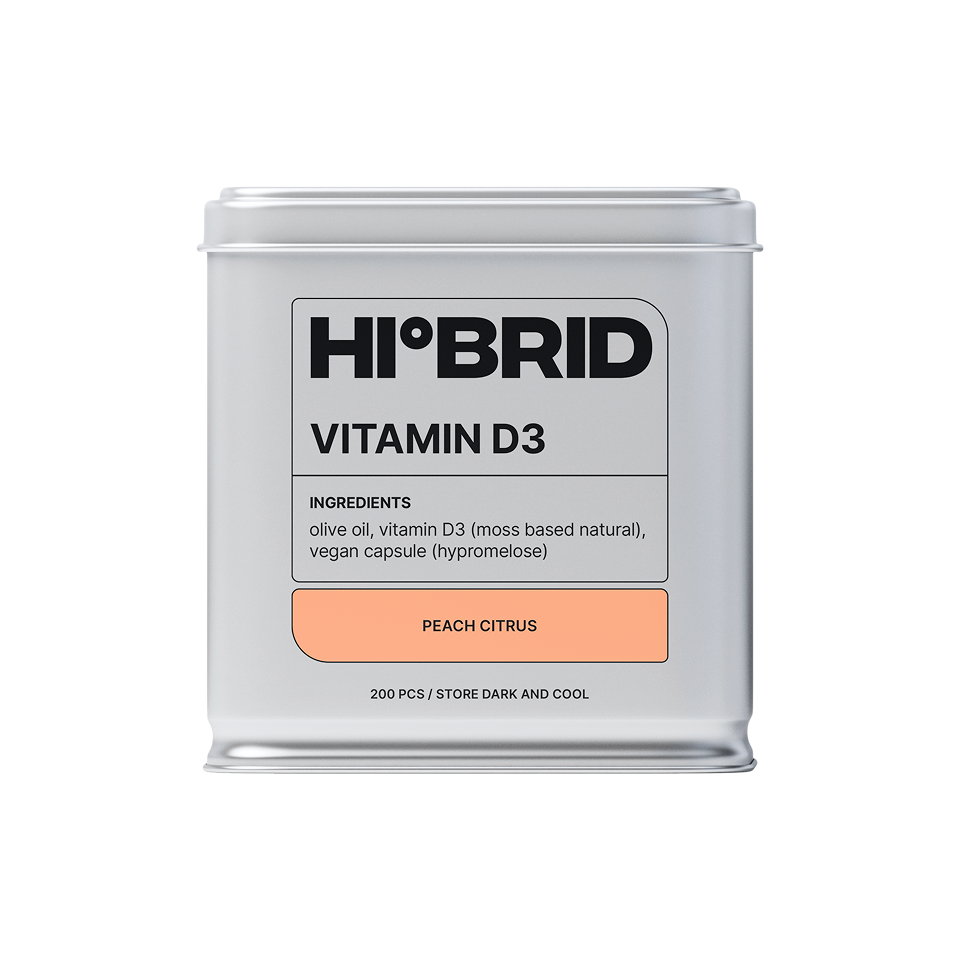



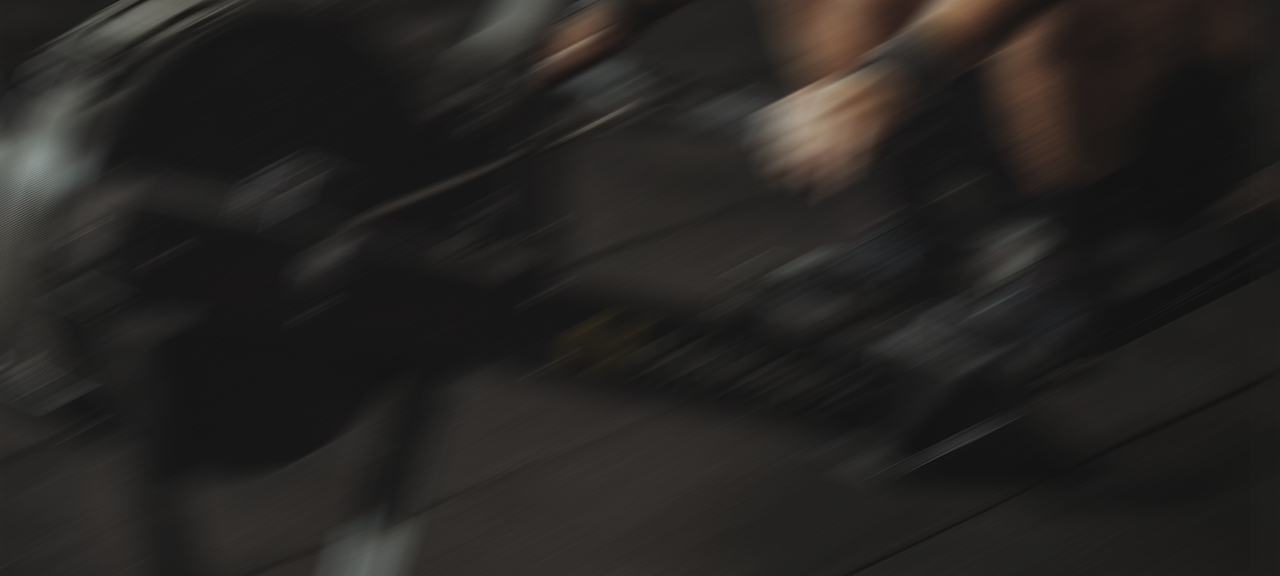






























Leave a comment